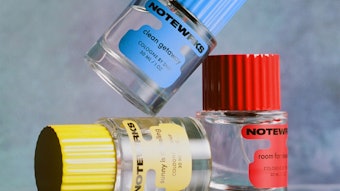An impressive joint report from the US Bureau of Economic Analysis and National Science Foundation opens with this statement (bold emphasis ours):
Gross Domestic Product (GDP) would have been an average of 2.9 percent higher between 1959 and 2004 if research and development spending was treated as an investment in the US national income and product accounts … In 2004, GDP would have been $248 billion higher.
The effect of R&D spending on competitiveness and the bottom line is beautifully laid out in the report, which notes that those industries with the highest R&D spending have benefited most—notably technology and pharmaceuticals. In addition, the increase of R&D spending in the United States since 1995 can be directly correlated with increased economic growth and productivity since that time.
Some interesting numbers:
- R&D would have accounted for 5% of real GDP growth between 1959 and 2004 if treated as investment.
- In the period 1995–2004, R&D would have accounted for 7% of real GDP growth.
- Meanwhile, investment in commercial and other structures in the period 1995–2004 accounted for just a bit more than 2% of real GDP growth.










